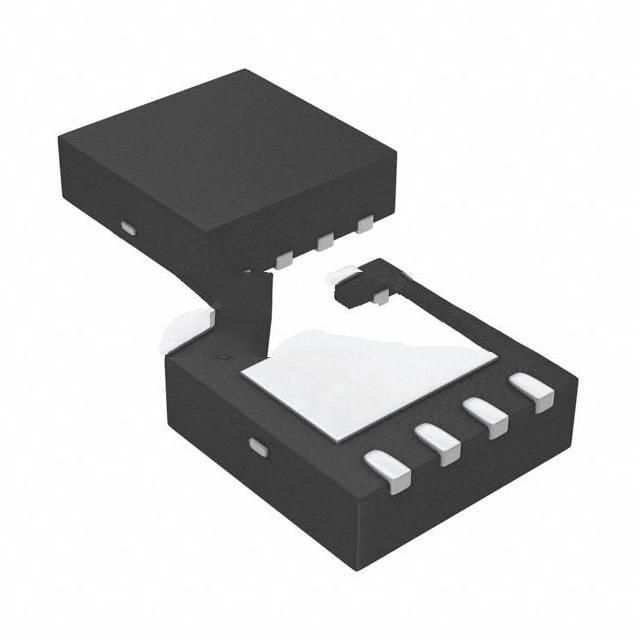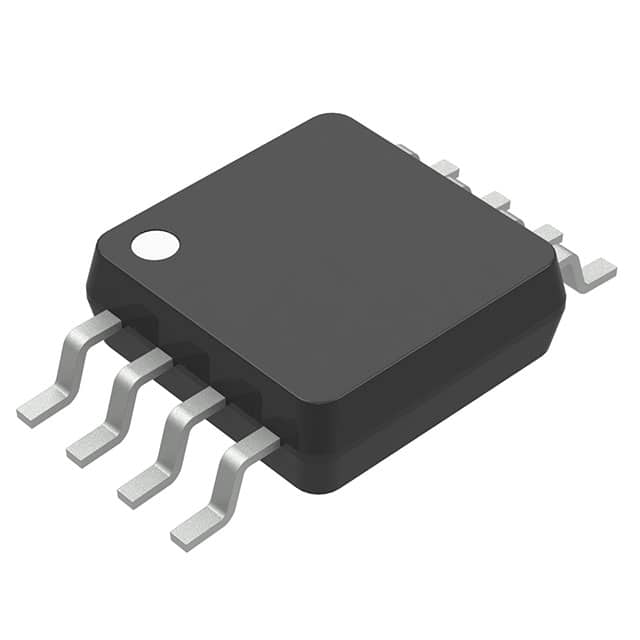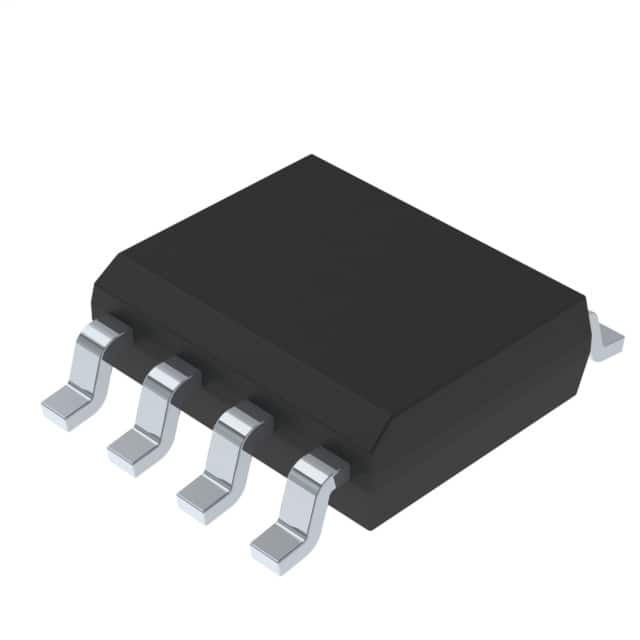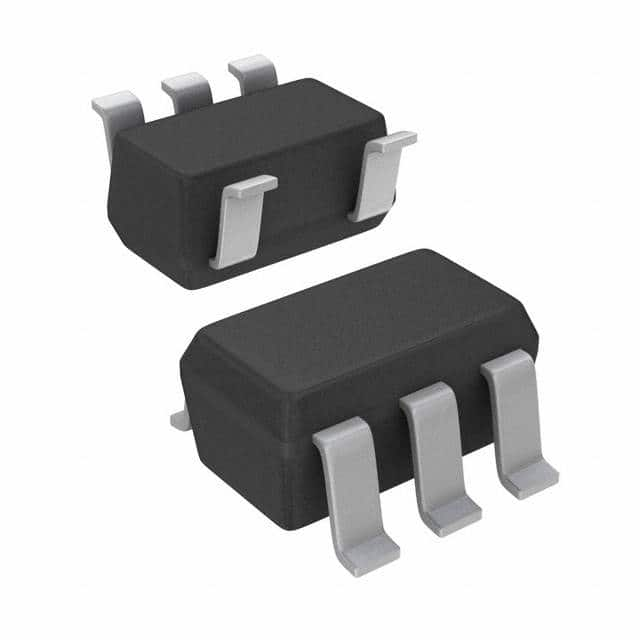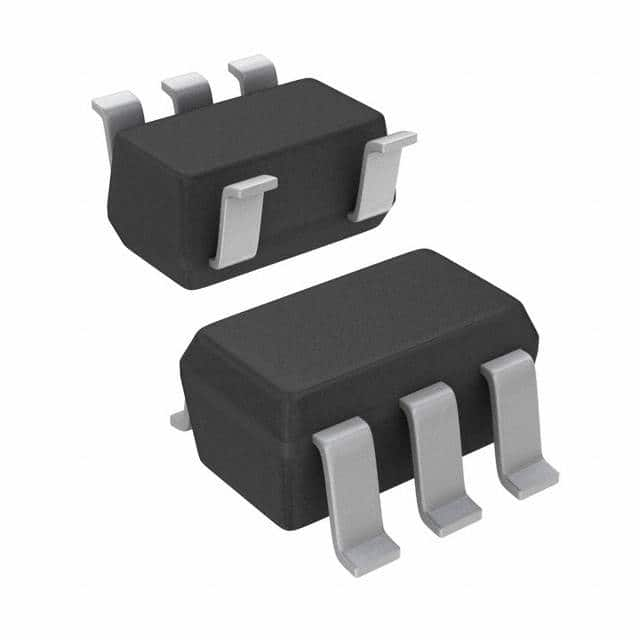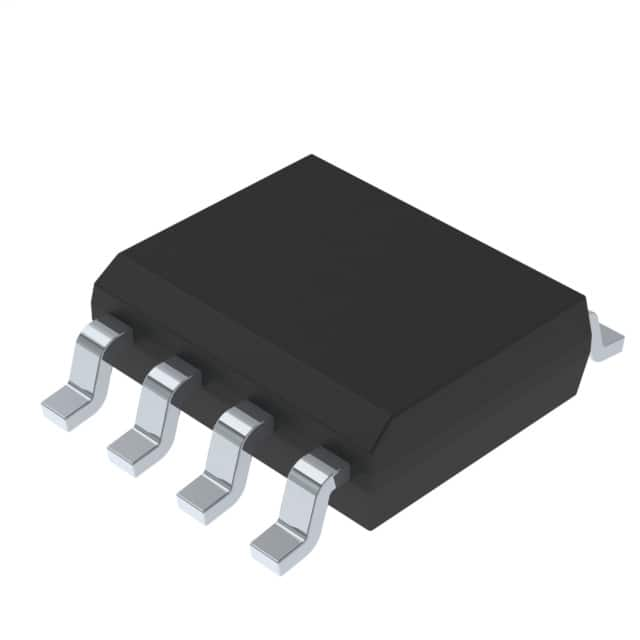FAN3223TMPX Product Introduction:
Fairchild Semiconductor Part Number FAN3223TMPX(PMIC - Gate Drivers), developed and manufactured by Fairchild Semiconductor, distributed globally by Jinftry. We distribute various electronic components from world-renowned brands and provide one-stop services, making us a trusted global electronic component distributor.
FAN3223TMPX is one of the part numbers distributed by Jinftry, and you can learn about its specifications/configurations, package/case, Datasheet, and other information here. Electronic components are affected by supply and demand, and prices fluctuate frequently. If you have a demand, please do not hesitate to send us an RFQ or email us immediately sales@jinftry.com Please inquire about the real-time unit price, Data Code, Lead time, payment terms, and any other information you would like to know. We will do our best to provide you with a quotation and reply as soon as possible.
Introducing the Fairchild Semiconductor FAN3223TMPX, a versatile and high-performance dual 2A gate driver designed to meet the demanding requirements of today's power electronics applications. With its advanced features and robust design, this gate driver is the perfect solution for a wide range of applications.
The FAN3223TMPX is equipped with two independent channels, allowing for simultaneous control of two power devices. Each channel can deliver up to 2A peak current, ensuring efficient and reliable operation even in high-power applications. The device also features a wide input voltage range of 4.5V to 18V, making it compatible with a variety of power supply configurations.
One of the key features of the FAN3223TMPX is its fast rise and fall times, which enable precise control of power devices and minimize switching losses. This, combined with its low propagation delay, ensures optimal performance and efficiency in high-frequency applications.
The FAN3223TMPX is suitable for a wide range of application fields, including motor control, power inverters, and industrial automation. Its robust design and high reliability make it ideal for use in harsh environments, such as automotive and industrial applications.
In summary, the Fairchild Semiconductor FAN3223TMPX is a versatile and high-performance gate driver that offers advanced features and robust design. With its wide range of applications and exceptional performance, this gate driver is the perfect choice for demanding power electronics applications.
Gate Drivers are circuits specifically designed to enhance and control the gate signals of a MOSFET or IGBT. It receives low-voltage and low-current signals from the controller and converts them into high-voltage and high-current pulse signals that directly act on the gate of the MOSFET or IGBT, thus achieving accurate control of these semiconductor switching devices. Grid drivers have become an indispensable part of modern power electronic systems because of their high efficiency in signal conversion and stable driving performance.
Application
Gate Drivers have been widely used in various fields of power electronics technology. In the motor control system, the gate driver is used to drive the MOSFET or IGBT switching components of the inverter to achieve accurate control and efficient operation of the motor, which is widely used in the fields of electric vehicles, industrial automation equipment and household appliances. In power inverters, the gate driver is responsible for converting DC power to AC power to meet the needs of various loads, commonly seen in solar photovoltaic systems, wind power systems and uninterruptible power supplies (UPS). In addition, gate drivers also play an important role in many fields such as switching power supplies, AC frequency converters, and power electronic converters.
FAQ about PMIC - Gate Drivers
-
1. What is a gate driver?
Circuit, gate signal enhancement, controller
A gate driver is a circuit that is mainly used to enhance the gate signal of a field effect transistor (MOSFET) or an insulated gate bipolar transistor (IGBT) so that the controller can better control the operation of these semiconductor switches ,The gate driver controls the gate of the MOSFET or IGBT by converting the signal output by the controller into a high-voltage, high-current pulse, thereby improving the performance, reliability and service life of these devices.
Working principle
The gate driver is mainly composed of an input stage, a driver stage and an output stage:
Input stage: responsible for receiving the signal output by the controller and converting it into a TTL or CMOS logic level.
Driver stage: amplifies and converts the signal to generate a high-voltage, high-current pulse signal.
Output stage: uses these pulse signals to control the gate of the MOSFET or IGBT.
-
2. How to choose a gate driver for a MOSFET?
When selecting a gate driver for a MOSFET, the following key factors need to be considered:
Current drive capability: The current drive capability of the gate driver directly affects the turn-on and turn-off speed of the MOSFET. Higher current sinking and sourcing capabilities mean faster turn-on and turn-off speeds, thereby reducing switching losses.
Fault detection function: The gate driver should have fault detection functions such as undervoltage lockout (UVLO), desaturation (DESAT) detection, etc. to ensure the safety and stable operation of the system.
Interference immunity: Common mode transient immunity (CMTI) is an important parameter to measure the anti-interference ability of the gate driver. In high-power systems, high CMTI values can better resist voltage transients and ensure stable operation of the system.
Electrical isolation: Electrically isolated gate drivers can achieve electrical isolation between control signals and power devices to ensure system safety. Optical coupling isolation and magnetic coupling isolation are common electrical isolation technologies, and the selection should be compared according to application requirements.
Switching frequency: For high-frequency switching applications, the switching frequency of the gate driver should match the switching frequency of the MOSFET to ensure efficient operation.
Transmission delay: Transmission delay and transmission delay matching are important parameters of electrical isolation drivers, which affect the response speed of the signal and the stability of the system.
-
3. What are the different types of gate drivers?
There are mainly the following types of gate drivers:
High-frequency high-voltage gate driver: This driver can drive two N-channel MOSFETs, supports a power supply voltage of up to 100V, has strong driving capabilities, is suitable for MOSFETs with high gate capacitance, and can reduce switching losses. It also has features such as undervoltage lockout and adaptive shoot-through protection.
HL-type gate driver: The HL-type driver drives two N-channel MOSFETs in a half-bridge configuration and supports a power supply voltage of up to 140V. It has independent control outputs and strong anti-interference ability, and is suitable for application scenarios that require independent control of two MOSFETs. The HL type driver also has functions such as UVLO, TTL/CMOS compatible input, adjustable turn-on/off delay and shoot-through protection.
Pulse transformer drive: This driver does not require a separate drive voltage, and applies a high voltage to the gate through a pulse transformer, which is suitable for half-bridge or full-bridge circuits. It uses a capacitor and pulse transformer in series to increase the switching speed, and quickly resets the pulse transformer through a Zener diode.
Optocoupler and floating power supply drive: This driver uses an optocoupler to isolate the microcontroller and power transistor, and requires a separate floating power supply. The optocoupler output requires a separate power supply, which is suitable for high-side drive of half-bridge or full-bridge.
Push-pull circuit: The push-pull circuit is suitable for situations where the drive current is insufficient. It provides sufficient drive current by alternating between two transistors, which is suitable for application scenarios that require high drive current.
Half-bridge/full-bridge high-end drive: This driver applies a high voltage to the gate, which is suitable for half-bridge or full-bridge circuits. Since the source voltage of the high-end MOSFET changes, it needs to be powered independently and cannot share a ground with the low-end MOSFET.
 Lead free / RoHS Compliant
Lead free / RoHS Compliant



